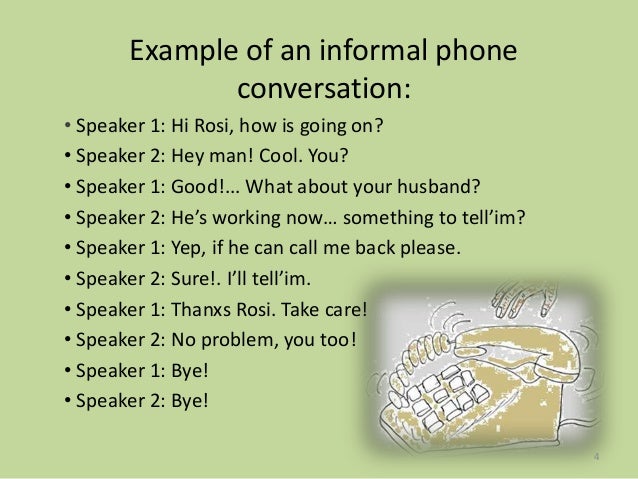

This earns her mixed responses of admiration and frustration. She holds back and often gives course, blunt responses. In fact, very little of what Frances thinks gets spoken. Her mind is lively and active, yet when you look closely you realise that the activity of her mind does not always get vocalised. With Frances as the narrator, we are receiving an endless stream of thought as she observes and analyses the world around her. My favourite part of this novel would have to be the breakdown of performativity and self. No stereotypical romance is included in these scenes. Frances either describes sexual intercourse in a methodical way or glosses over the act. The atmosphere of these moments is not intimate and the pleasure seems muted. The sex scenes also show a level of detachment. Even when involved she does not treat herself as directly engaging in a conversation, instead she is reporting it.

Her disengagement is particularly emphasised by Rooney’s use of indirect speech. Her passivity is interwoven throughout the novel, right down to the structure. They also live in the vibrant city of Dublin, which is once again brought to life in this narrative.įrances acts and thinks of herself as an enigma. Like Marianne and Connell our main characters are intelligent, observant and flawed. The story is internalised, with a lot of the narrative occurring in the heads of characters (mainly Frances) rather than in real life. If you’ve already read Normal People, then you will quickly draw several parallels with that novel.

This leads to both girls meeting her husband Nick, with whom Frances becomes quite enamoured. A photographer and writer, she is taken by their performance and decides to write a piece on them. Bobbi and Frances are ex-girlfriends turned best friends, who perform spoken poetry when they meet 36 year old Melissa. Conversations with Friends is a novel that focuses on the lives of students Bobbi and Frances and their relationship with married couple Nick and Melissa.


 0 kommentar(er)
0 kommentar(er)
